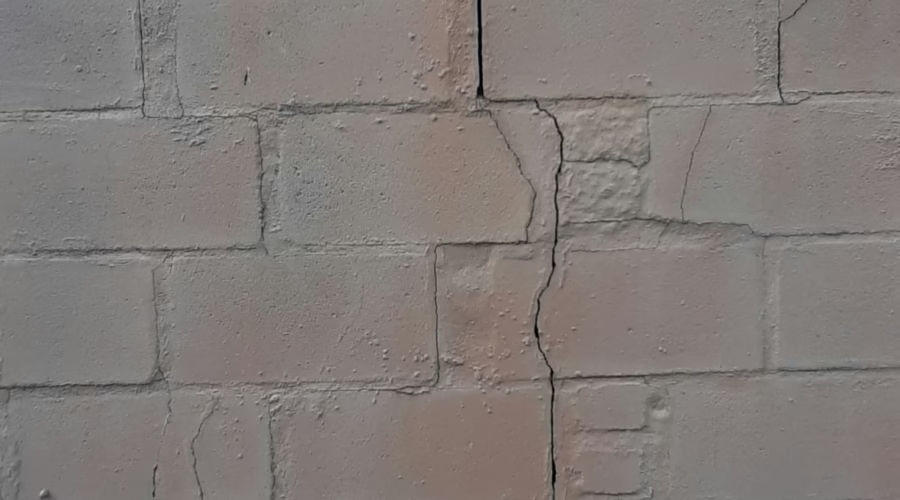A House of Cracks and Daylight – Structural Failures Exposed
Introduction
Structural integrity is the foundation of any safe and habitable home. Yet, the property depicted in these images reveals glaring defects that compromise not only its functionality but the safety of its occupants. A chimney open to the elements, rain pouring into the fireplace, visible sagging in the roof, and structural cracks throughout the house paint a dire picture of neglect and disrepair.
The Problems: Structural Damage and Water Intrusion
- Chimney Damage
- Severe gaps around the chimney allow daylight to shine through, signaling a clear breach in the building’s envelope.
- Rain enters the fireplace, causing water damage, rust, and potential fire hazards due to moisture in the structure.
- Structural Cracks
- Visible cracks in the walls indicate potential foundational issues, movement in the structure, or subpar construction.
- These cracks not only compromise the home’s stability but can also allow water, pests, and cold air to penetrate the interior.
- Sagging Roof
- A visibly sagging roof points to weakened beams or trusses, raising the risk of collapse under load.
Legal Obligations for Structural Safety
South African law imposes strict requirements on property owners and municipalities to ensure the structural soundness of buildings:
- National Building Regulations and Building Standards Act (1977)
- Part L and Part T mandate that all buildings must be watertight and structurally sound, safeguarding occupants from health and safety hazards.
- Occupational Health and Safety Act (1993)
- Imposes a duty on property owners to prevent structural risks that could endanger life or property.
- Rental Housing Act (1999)
- Section 4(5)(a) requires landlords to maintain rental properties in a condition that does not pose any safety risks to tenants.
- SANS 10400 – Code of Practice for Building Regulations
- Establishes standards for construction and maintenance, including chimney integrity, roof load-bearing capacity, and crack prevention.
The Dangers of Structural Neglect
Allowing structural damage to persist exposes occupants and neighbors to significant risks:
- Health Hazards: Rainwater entering the property leads to mold, damp conditions, and respiratory problems.
- Safety Risks: Sagging roofs and structural cracks raise the potential for catastrophic collapse, endangering lives.
- Fire Hazards: A wet fireplace can compromise chimney function, increasing the risk of fires or carbon monoxide poisoning.
The Role of Landlords and Municipal Authorities
- Landlords:
- Must address structural issues immediately, including sealing the chimney, repairing cracks, and reinforcing the roof.
- Failure to act constitutes a breach of the implied warranty of habitability.
- Municipalities:
- Should inspect the property and issue compliance orders to ensure safety standards are met.
- Neglecting enforcement responsibilities is a dereliction of public duty.
Occupants’ Rights and Options
- Report to Authorities:
- File complaints with the local building inspector or health department under the National Building Regulations and Building Standards Act (1977).
- Seek Legal Intervention:
- Approach a housing tribunal or pursue remedies under the Promotion of Administrative Justice Act (2000).
- Document and Publicize:
- Share photographic evidence with relevant authorities and, if necessary, the public to demand accountability.
Conclusion
The structural issues depicted in this property are far more than cosmetic—they represent a clear and present danger to its occupants. The daylight shining through the chimney and the sagging roof are not just signs of neglect but harbingers of potential disaster.
It is imperative for landlords and municipalities to act swiftly to restore the property to a habitable condition. Structural integrity is not optional; it is a non-negotiable requirement for the safety and well-being of those who call this house a home.
Legal Context for the Right to Publish
This article is published in alignment with Section 16 of the Constitution of South Africa (1996), ensuring freedom of expression and the right to share information in the public interest. Supported by the Promotion of Access to Information Act (2000) and the Open Justice Principle, this report aims to highlight unsafe living conditions and hold responsible parties accountable.


